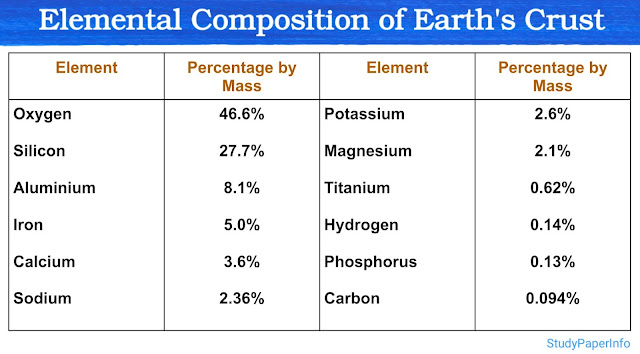How is three factor cross different from two factor cross?
In classical genetics, different types of crosses are used to study inheritance patterns and gene linkage. Two of the most commonly used crosses are the two-factor cross and the three-factor cross. To understand how they differ from each other, we need to compare them based on certain defined criteria as mentioned below:
1. Based on Number of Genes Studied
Two-Factor Cross: In this cross, inheritance of only two genes is studied at a time. These genes may or may not be located on the same chromosome.
Three-Factor Cross: In this method, inheritance of three genes is studied together. These three genes are usually located on the same chromosome and are studied to find their relative positions.
2. Based on Purpose of the Cross
Two-Factor Cross: The main purpose is to identify whether the two genes are linked or independently assorted. It also helps in calculating the recombination frequency between the two genes.
Three-Factor Cross: It is mainly used for gene mapping, to find the linear order of the three genes and to determine how far apart they are from each other using crossover data.
3. Based on Gametes and Phenotypic Classes
Two-Factor Cross: This cross generally produces 4 types of gametes depending on the arrangement of alleles. As a result, 4 phenotypic classes are commonly observed in the offspring.
Three-Factor Cross: This type of cross produces 8 types of gametes, because three genes can be assorted in more combinations. So, the progeny usually shows 8 different phenotypic classes.
4. Based on Detection of Double Crossovers
Two-Factor Cross: It is not able to detect double crossover events between genes. So, it may give an incomplete picture of the recombination events.
Three-Factor Cross: This method can clearly identify both single and double crossover events. This is helpful in getting more precise genetic distances.
5. Based on Gene Order Determination
Two-Factor Cross: Since only two genes are involved, we can only study their linkage or recombination frequency, but not their linear order.
Three-Factor Cross: This is specially designed to find the exact sequence or order of the three genes on a chromosome, which is essential in genetic mapping.
6. Based on Accuracy in Mapping
Two-Factor Cross: Gene mapping is possible, but it is limited in accuracy. It gives rough estimation of distance between two genes.
Three-Factor Cross: Provides highly accurate gene mapping by using recombination frequencies from both single and double crossovers, giving a clear picture of gene positions.


Comments
Post a Comment